Art History & Theory
Theory, history and philosophy of Sacred Art from prehistory to the present.
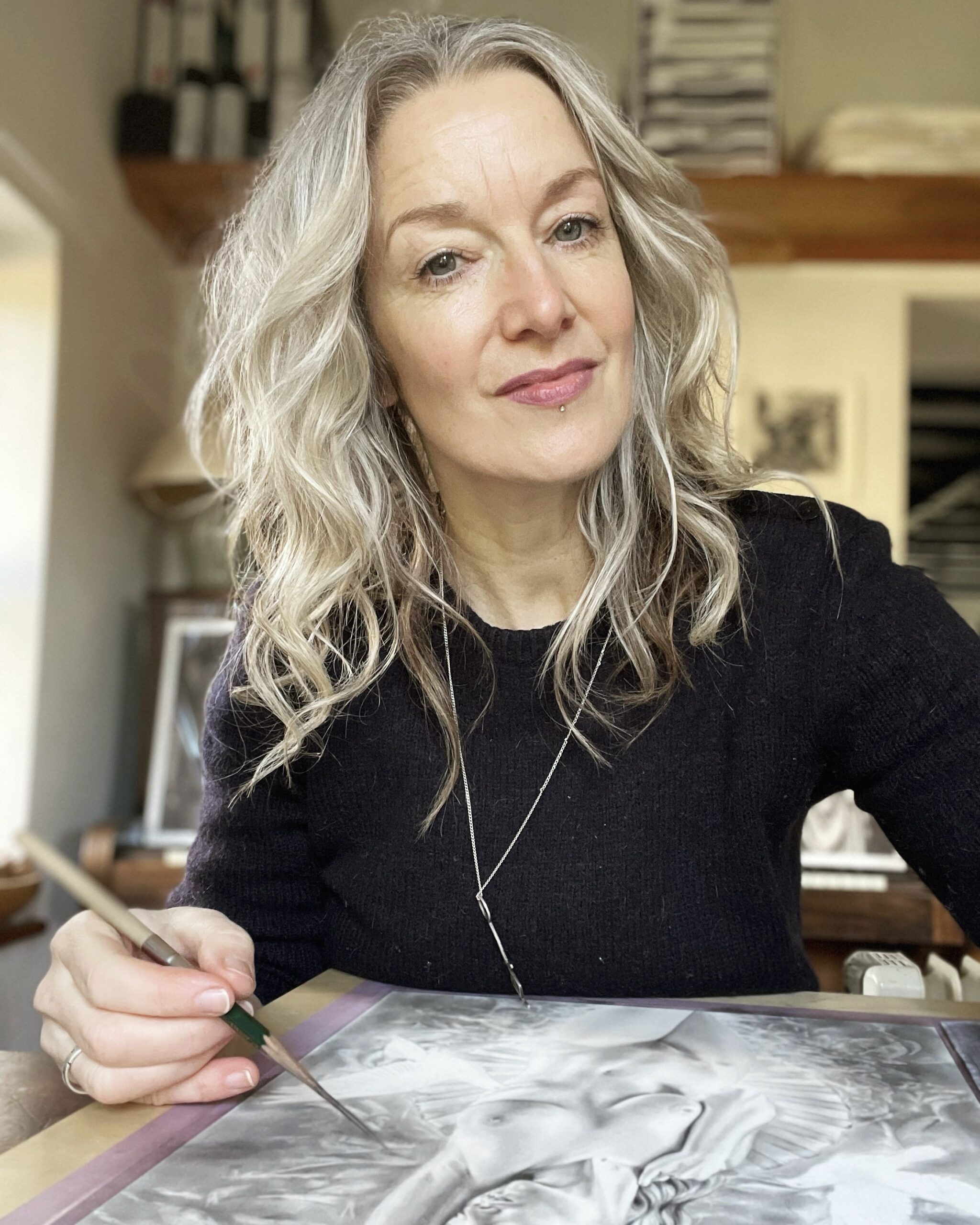
Red K Elders Interview
Daniel Mirante
Red K Elders has honoured us with her time and energy to give an interview into the nature of her skillful, potent and aesthetic imagery that invokes powerful principle archetypes, energies and entities of pan-European and Mediterranean mythologies. We hope dear reader you will enjoy this conversation which seeks to explore deep into the practice of this remarkable artist.
Read Red K Elders Interview »Tags: Hellenism, Hellenistic, Pagan, Paganism, theurgy
An Introduction to Ernst Fuchs
Daniel Mirante
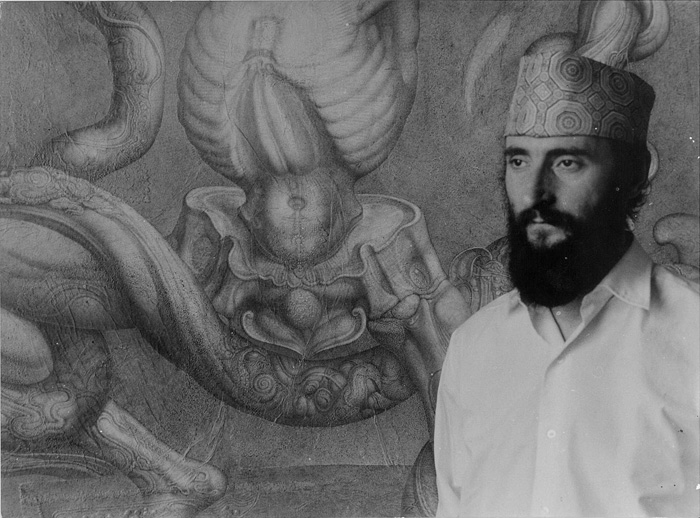
Ernst Fuchs was an extraordinarily talented and multifaceted Austrian artist born on February 13, 1930. He was a master of several mediums including painting, drawing, printmaking, and sculpture, and he also ventured into architecture, stage designing, poetry, and singing. Fuchs was a pivotal figure in the Vienna School of Fantastic Realism, a movement he co-founded. His legacy places him as one of the pivotal founders of contemporary visionary art and one of the great preservers and reinvigorators of the timeless legacy of sacred art.
Added on September 9, 2023
The Subcreation Theory of J.R.R. Tolkien
Daniel Mirante
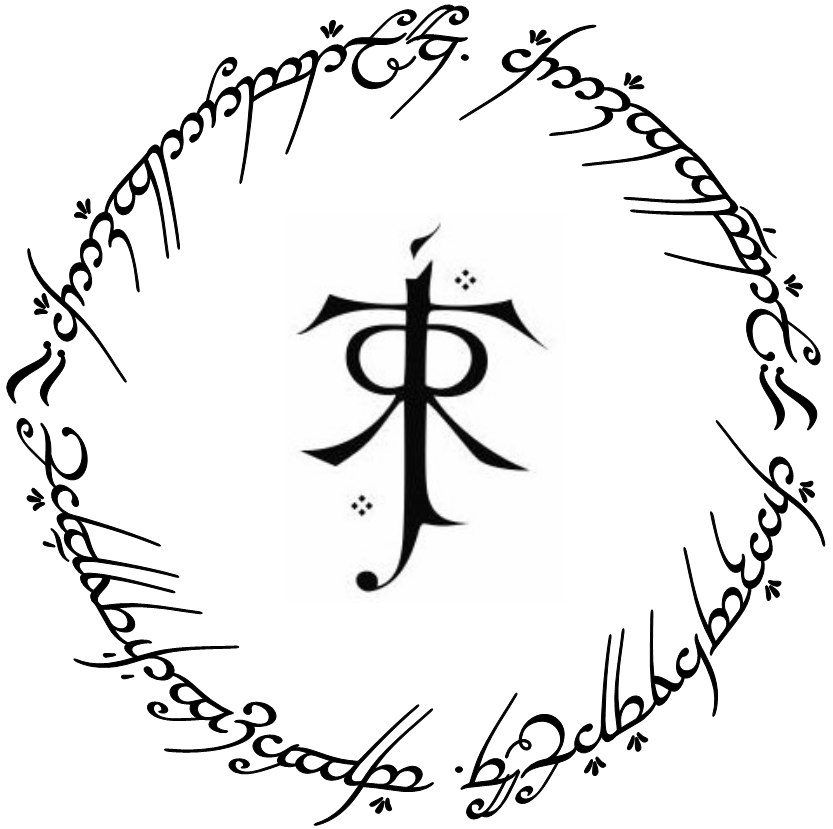
A discussion delving deep into J.R.R Tolkiens’ personal philosophy of the creative process- ‘subcreation’ and how it was informed by his spirituality.
Added on February 1, 2023
Tags: mythology, subcreation, Tolkien, worldbuilding
Goddess of the Jewelled Web – The Transmission of the Transpersonal in Visionary Art
Daniel Mirante
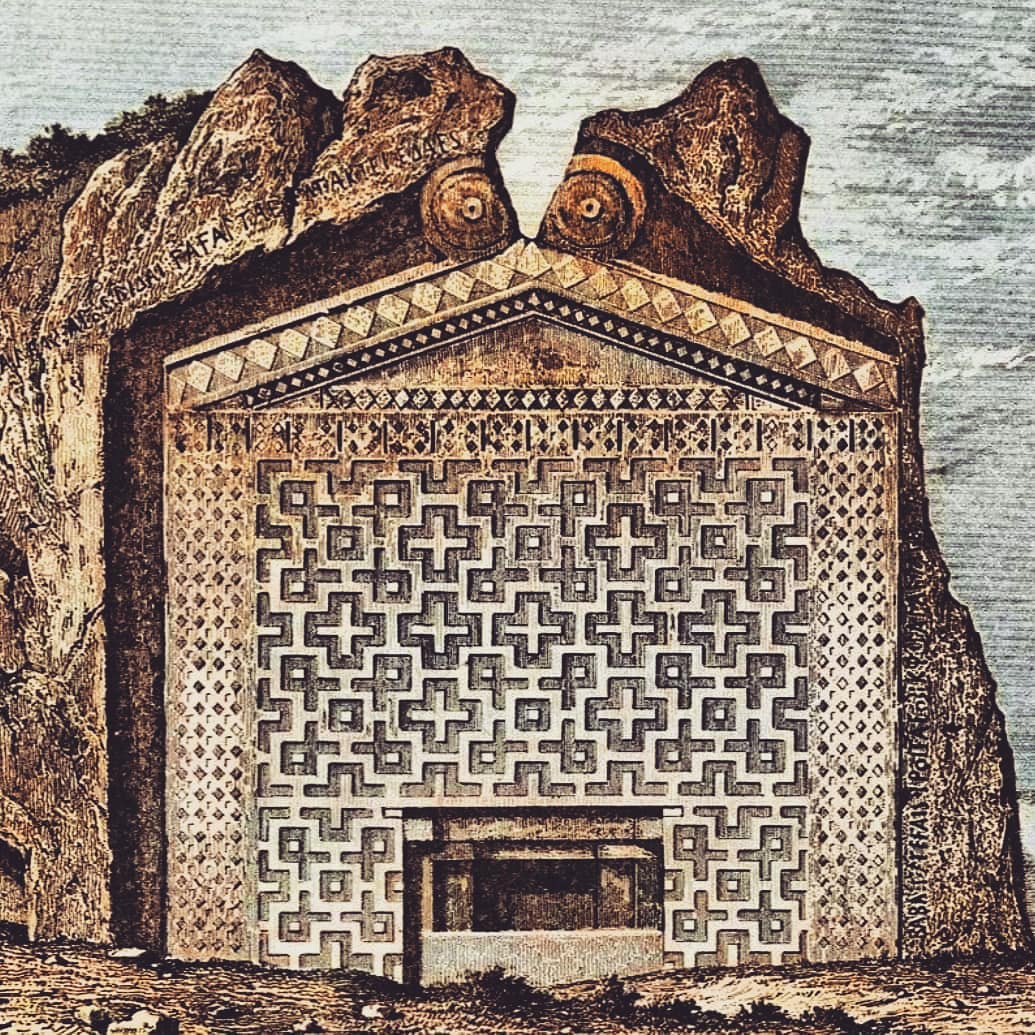
Art striving for an existential veracity or ‘truth’ will be put upon a difficult and confusing road, forking and branching pathways; between on one hand positivist and nominalist systems tending toward rationality (as in ‘ratio’, to measure), and on the other extreme something akin to pure aesthetics, decor, and the enjoyment of a sensoric object. What we wish to seek here is a deeper meaning for the Arts which put Sacred Art upon a respectable and integral foundation.
Added on September 6, 2021
Tags: coleridge, holon, ideology, jung, meme, memetics, plato, religion, richarddawkins, schelling, tautegorical, theurgy
Yearning, Sorrow & Desire – The Capriccio of Monsu Desiderio and Descendents
Daniel Mirante
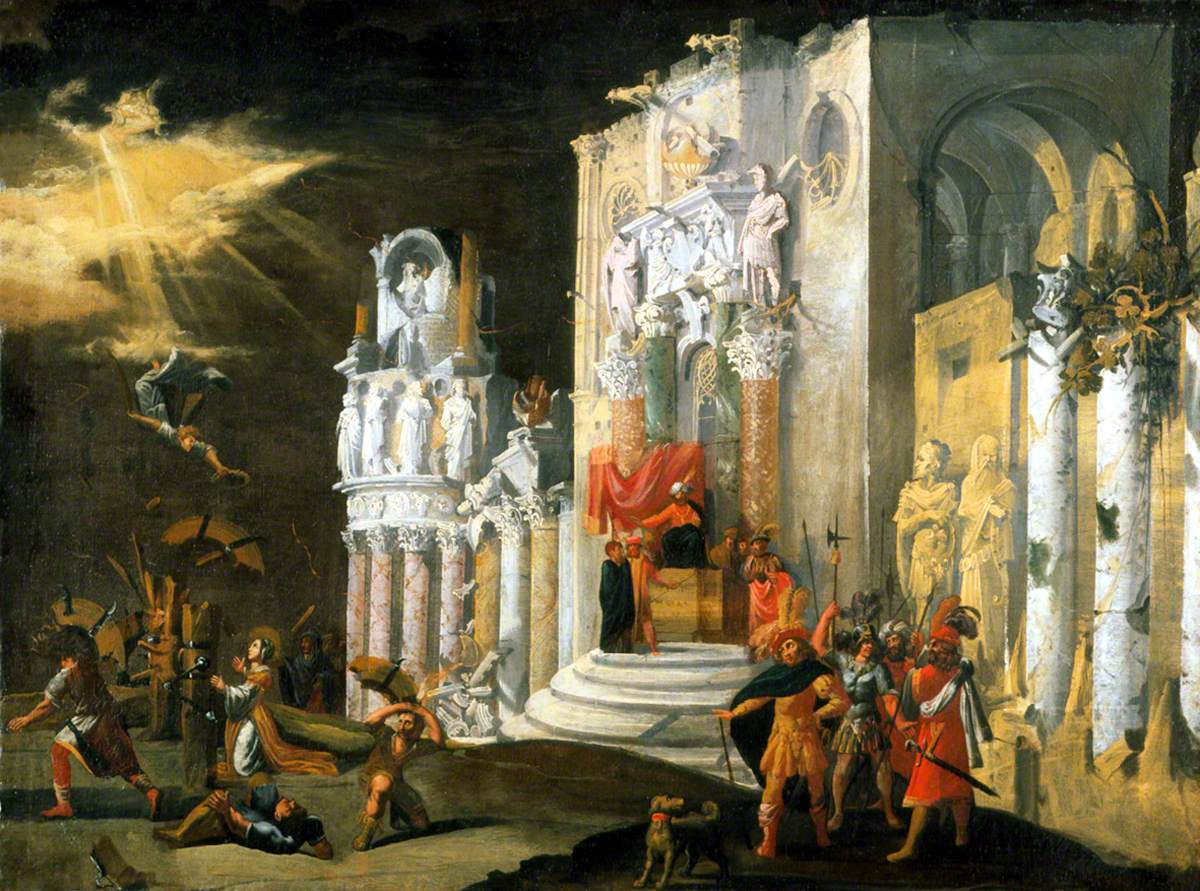
Ruins hold an enigma for artists concerned with the psycho-archeology of culture. Capricci is a yearning for the archaic, it is also a kind of solace for the broken-hearted who feel they are born to times where the ruins are not physical, but symbolic.
Added on July 20, 2021
Thomas Cole’s The Course Of Empire (in his own words)
admin
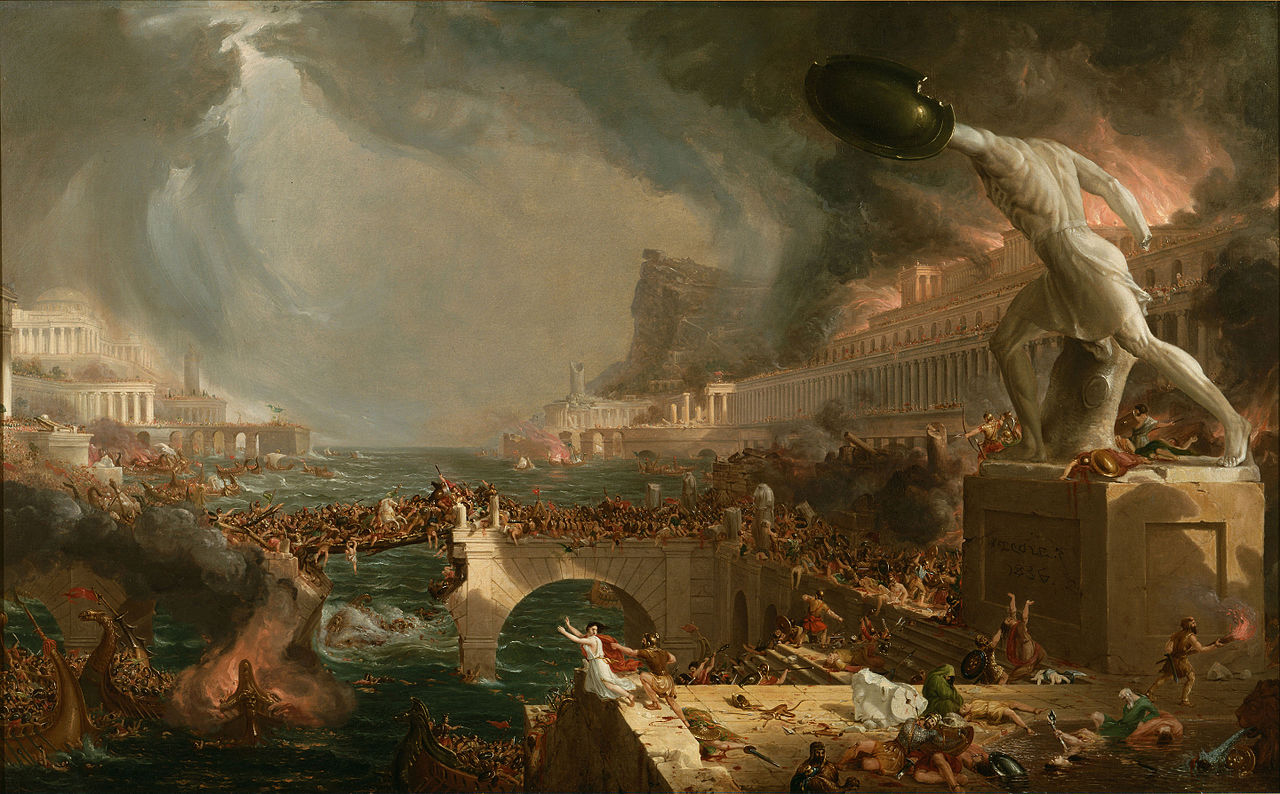
Thomas Cole’s importance and influence as an American artist exploded during the mid‐1830s and his career flourished in the early 1840s. He deeply influenced his immediate peers and successive generations of American artists. He transformed the landscape genre from a reflective art to a medium of expressing historical, social, and political theory.
Added on July 18, 2021
Psychedelia & Visionary Art
Antar Mikosz PhD
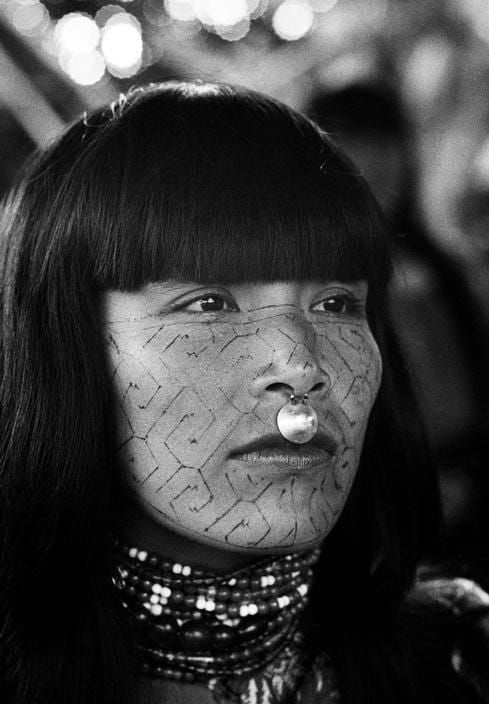
This essay investigates the poetics of visionary art as a result of interactions between local cultures and non-ordinary states of consciousness. We seek, through brief examples, to draw a parallel between images produced in the past, images produced by Amazonian tribes, and the production of contemporary artists and to point out series of
meaningful coincidences between them.
Added on April 6, 2021
Remaking Cultural Sense – The Symbolist World of Peladan
Sasha Chaitow
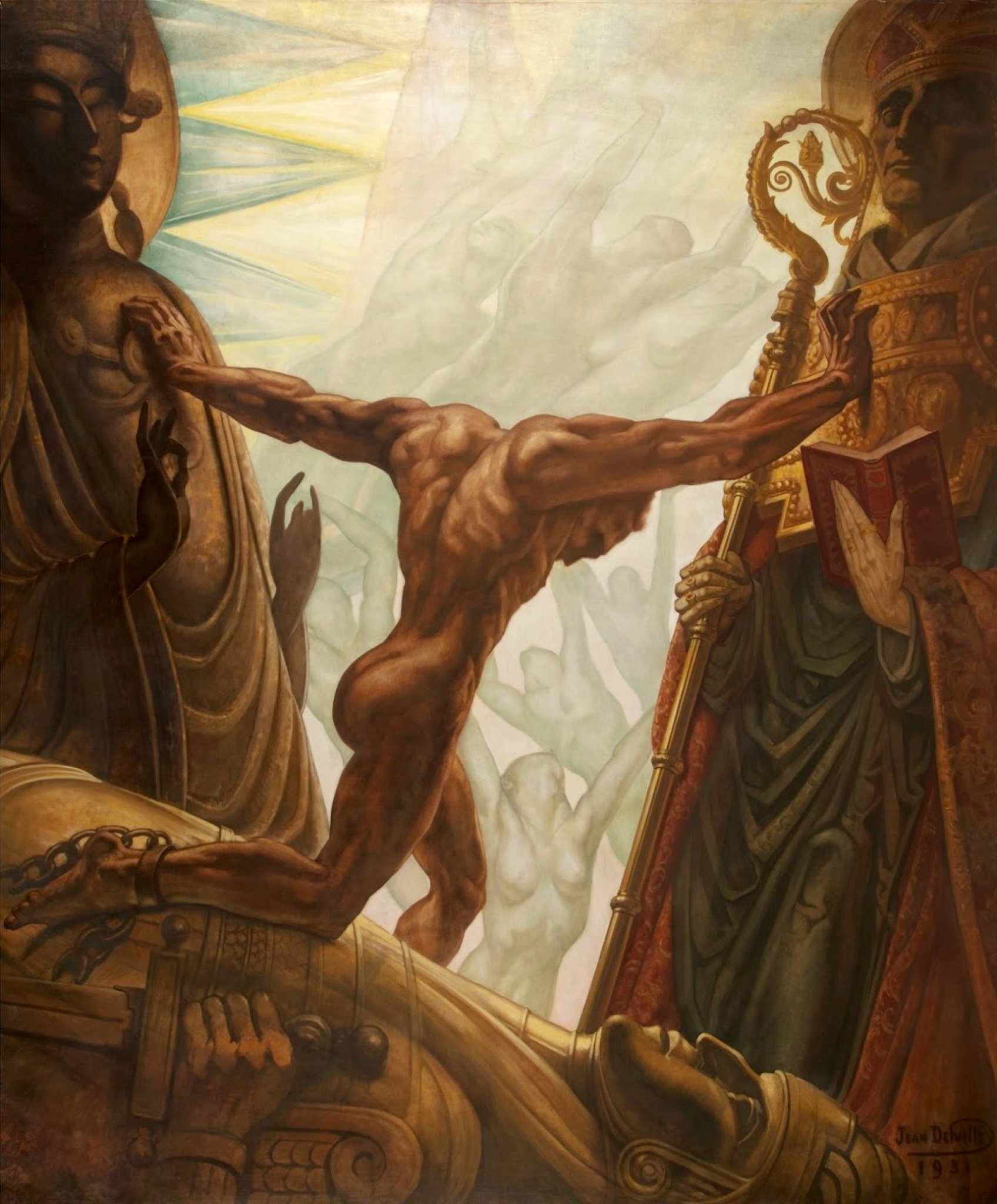
Symbolism is a forerunner of contemporary visionary art. It prefigures the transformation from classical and traditional premodern forms into a more dynamic, idiosyncratic personal vision. It is with great pleasure that Era Of Visions can share this original interview with Sasha Chaitow, who generously shared her expertise. Sasha is a contemporary scholar of the Symbolist Movement, who has focussed her research on the enigmatic, influential figure known as Peladan.
Added on March 13, 2021
Psychedelic-Visionary Art: Possible Kitch Incursions?
Antar Mikosz PhD
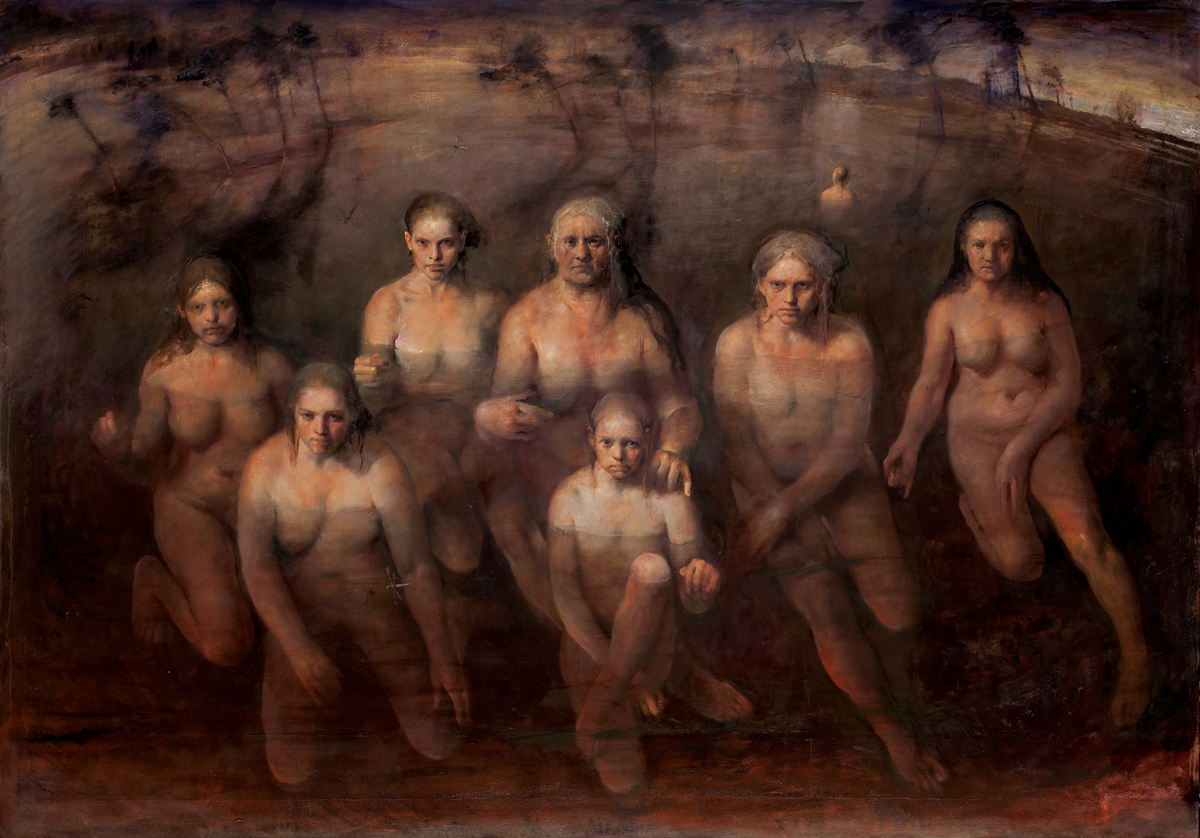
This paper aims to make a brief reflection on kitsch and psychedelic-visionary artistic production. The words psychedelic-visionary here are being used together representing the same concept.
Added on January 30, 2021
Peresvet, Oslyabya, Divine Gloom
Oleg Korolev
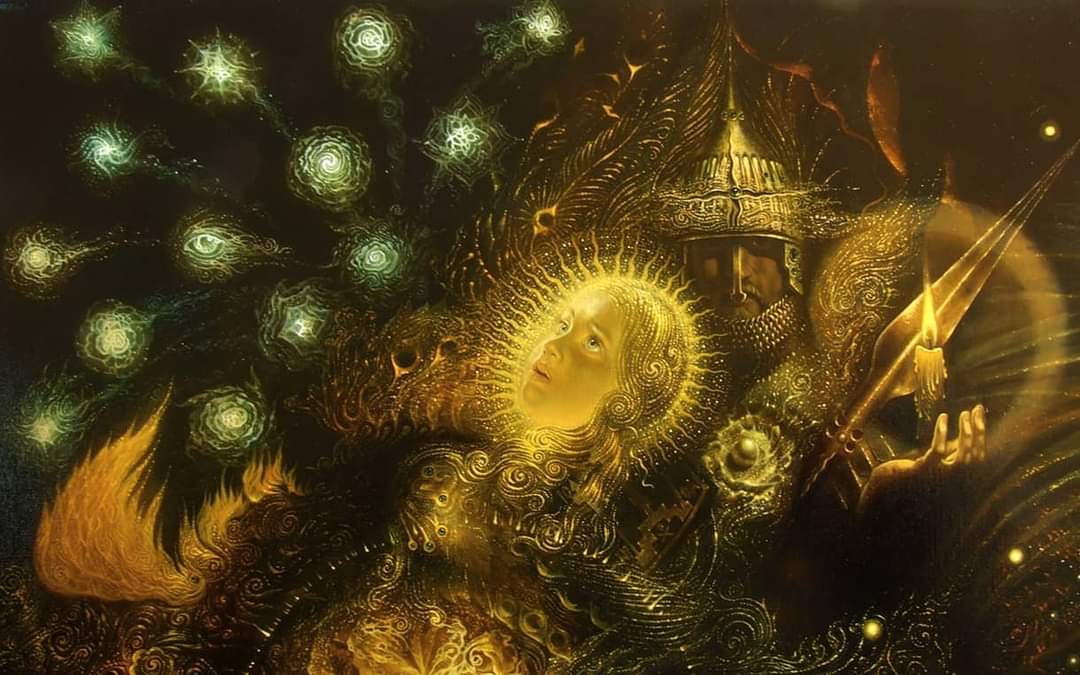
The key to understanding the symbolism of the painting’s composition is found in the interpretations of the “Mystical Theology” of Saint Dionysius the Areopagite. As you maybe aware, the most Luminous Darkness, of the Divine Gloom is a theological term from the Orthodox Apophatic theology, which is based on the” negative” way of perception on it’s way of the search for the Ultimate truth through the denial of everything that which is not It.
Added on January 23, 2021
Tags: christian, contemporary, Oleg Korolev, orthodox
Gustave Moreau’s “Archeological Allegory”
Scott Allan
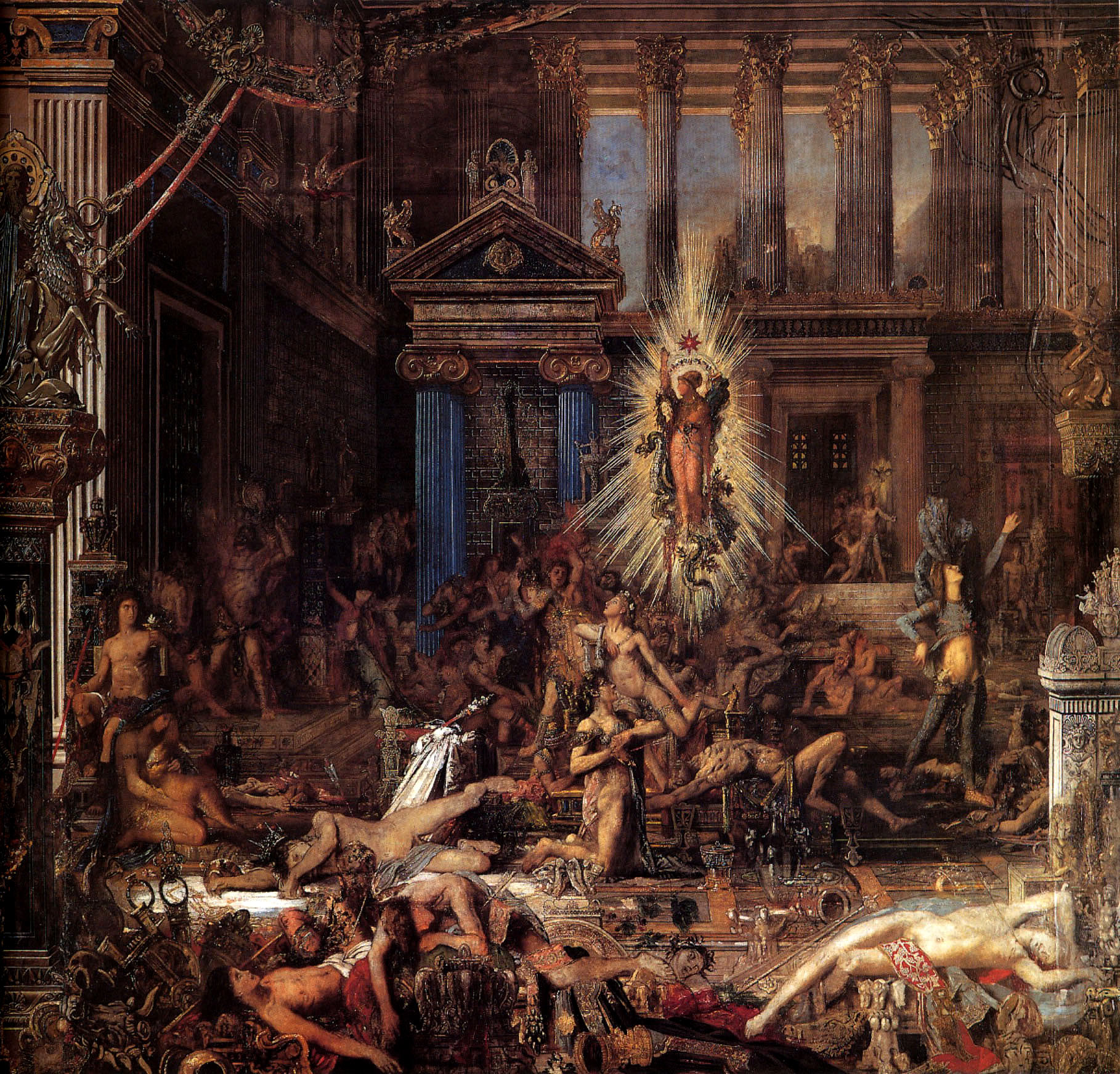
Against the supposed claims of such work to historical authenticity, Moreau formulated a principle of “archeological allegory,” which entailed the use of archeological source material in highly eccentric, deliberately anachronistic ways in his compositions.
Added on December 7, 2020
Tags: allegory, gustave moreau, symbolism
H. R. Giger and the Zeitgeist of the Twentieth Century
Stan Grof
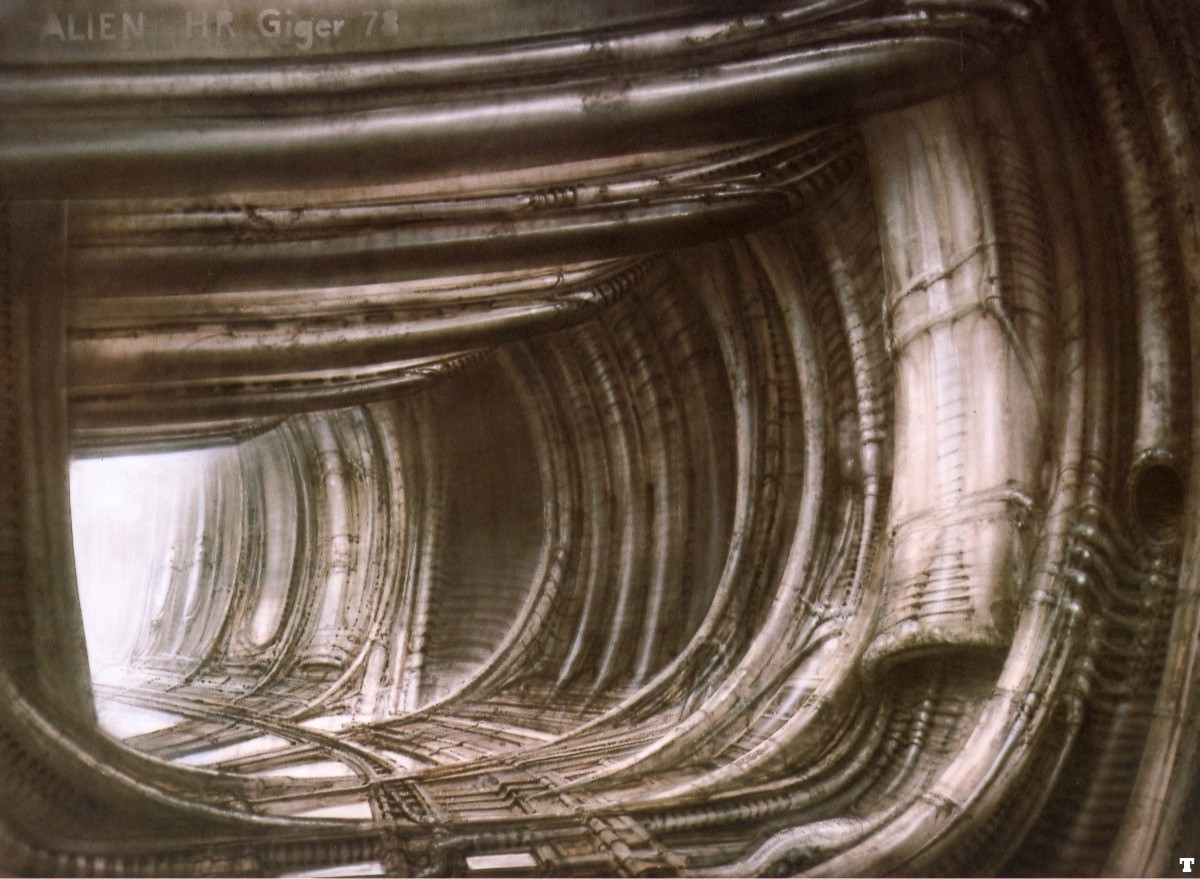
A penetrating and groundbreaking analysis of the biomechanical, transhuman, mystical and perinatal imagery in the artistic oeuvre of Han Rudi Giger.
Added on November 21, 2020
Tags: biomechanics, bmp, shamanism, transhumanism
Mundus Imaginalis, or the Imaginary and the Imaginal
Henry Corbin

A seminal text introducing the terms Imaginal and Mundus Imaginalis, and their distinction from the merely imaginary or utopian.
Added on November 12, 2020
Tags: mundus imaginalis, traditionalism
To See a World: Art and the I of the Beholder
Ken Wilber
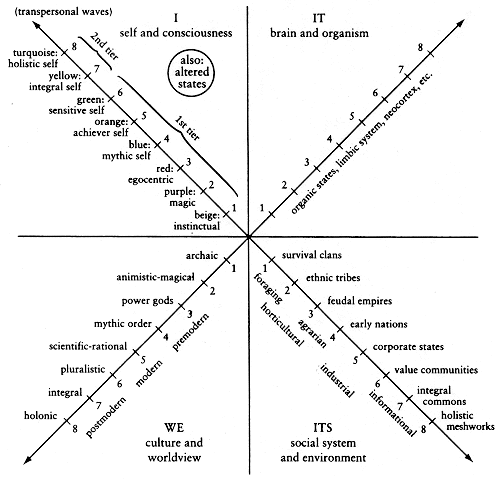
Like huge successive waves crashing ashore, worldviews succeed one another, and the avant-garde, at its best, were the great surfers of these waves. And now that the postmodem wave is washing on the shore of its own demise, what new waves are forthcoming? What new worldviews surge from the ocean of the soul to announce a new perception?
Added on October 31, 2020
Tags: aperspectival madness, integral theory, ken wilber, post-modernism, transpersonal psychology
On Visionary Art
Rob Percival
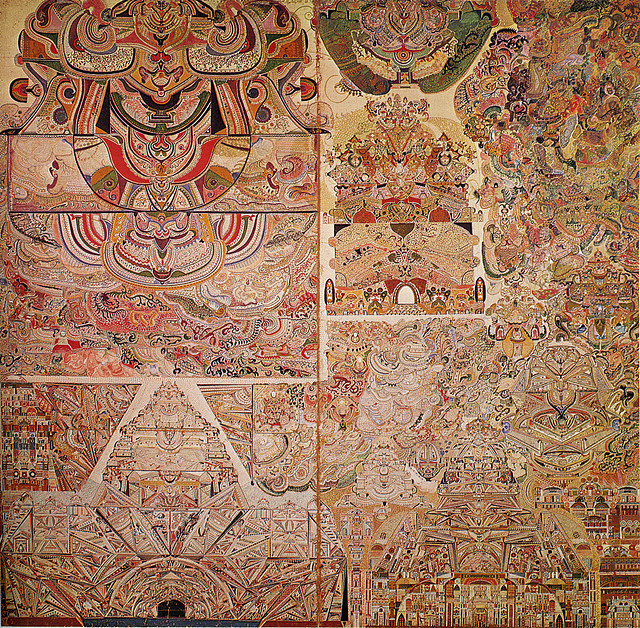
The Visionary lineage predates religion, and has informed sacred art across the millennia. The Visionary artist is the eternal poet – ‘ein verschollener Stil’ is the grammar through which they speak. The lineage from these founding fathers is subtle but true. From the shaman’s etchings, this artistic spirit continues into the carvings of the ancients.
Added on October 19, 2020
Tags: ancient, contemporary, history, lineage, tradition
Principles and Criteria of Art
Frithjof Schuon

Man by his theomorphism is at the same time a work of art and also an artist; a work of art because he is an “image”, and an artist because this image is that of the Divine Artist.
Added on May 17, 2020
Tags: featured, frithjof schuon, perennialism, traditionalism
The Universality of Sacred Art
Titus Burckhardt
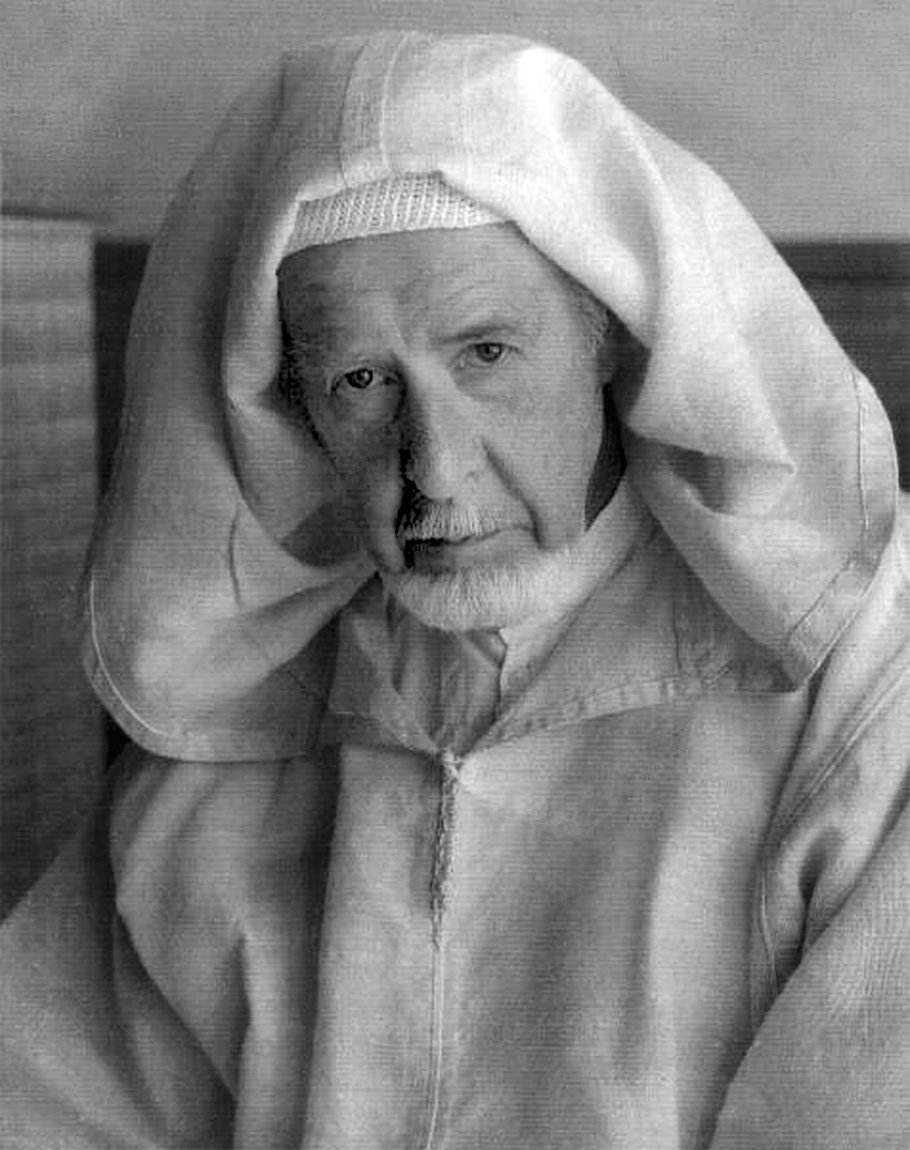
It must be borne in mind that a sacred symbol is not merely a conventional sign; it manifests its archetype by virtue of a certain ontological law. As Ananda Coomaraswamy has observed, a sacred symbol is, in a sense, that which it expresses. For this very reason, traditional symbolism is never devoid of beauty.
Added on
Tags: sacred, traditionalism
The New Eye – Visionary Art and Tradition
admin
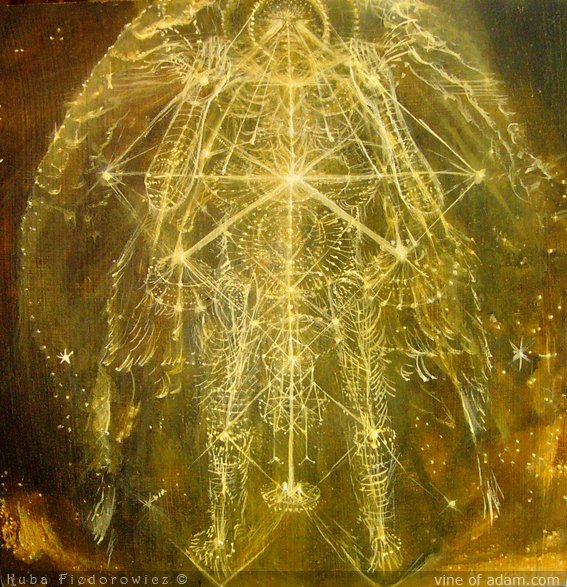
The historical lineage of visionary artists masks a deeper and more commanding claim that sets the genre apart from the marvelous idiosyncrasies of outsider art. The claim is that the visionary artist gives personal expression to a transpersonal dimension, a cosmic plane that uncovers the nature that lies beyond naturalism, and that reveals, not an individual imagination, but an imaginal world, a mundus imaginalis.
Added on April 19, 2020
Tags: contemporary, history, lineage, tradition, visionary art
The Man With The Golden Coin
Oleg Korolev
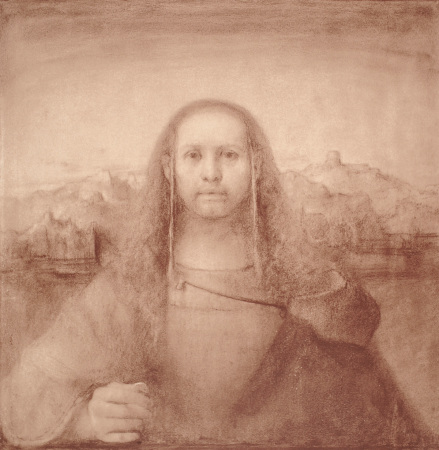
Oleg Korolev, magical realism painter, takes us on a journey through the past 150 years of art history and development, exploring the tensions between modernism and the traditional and sacred.
Added on November 2, 2019
Tags: kitsch, modernism, Odd Nerdrum, Oleg Korolev, tradition